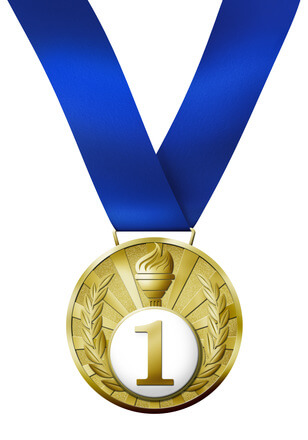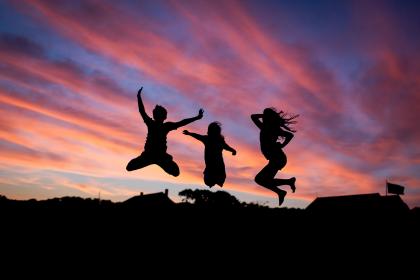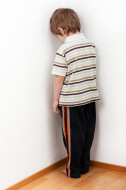Given that we are able to watch sports all day every day, one must still appreciate Olympians for their pursuit of perfection, desire to better their personal best, and the dedication it takes to get there. After the classy ceremonies, breathtaking performances, and personal vignettes of athletes ended, I expected thoughts about the 2014 Olympics would end too. But, then some of the champions found their way back in the spotlight when Dancing with the Stars returned to the air. It was an eye-opener when they introduced the USA gold medal ice-dancers, Davis and White, a twosome who had been a dance team since childhood as competitors instead of partners. Then the mold was broken altogether when Amy Purdy, a double leg amputee snow-boarder who took the bronze medal in the Para-Olympics was introduced too.

The entire line-up got me thinking of physical education, where it was when I started teaching, the good things that have changed in our field, and what we should be celebrating today. Ann Purdy should be celebrated not only for what she has done but for what she can teach others. She lost her legs but not her spirit. She will probably be motived to test her limits until the end of her days because she embodies the philosophy of taking what you have and learning to use it to the best of your ability. Much of her spirit is inside, but someone had to teach her and they did.
Watching her deal with her limitations as she learned a fabulous dance routine, watching her perform it – and she was good – reminded me of my quandary when I started out teaching. My school district would not allow kids with disabilities to participate – period! Physical educators were told to have the kids sit out. At the time – and I am not ancient – I simply assumed that we didn’t have a disabilities program because my administrators were not up on educational law and just didn’t know better. Boy was I naïve.




